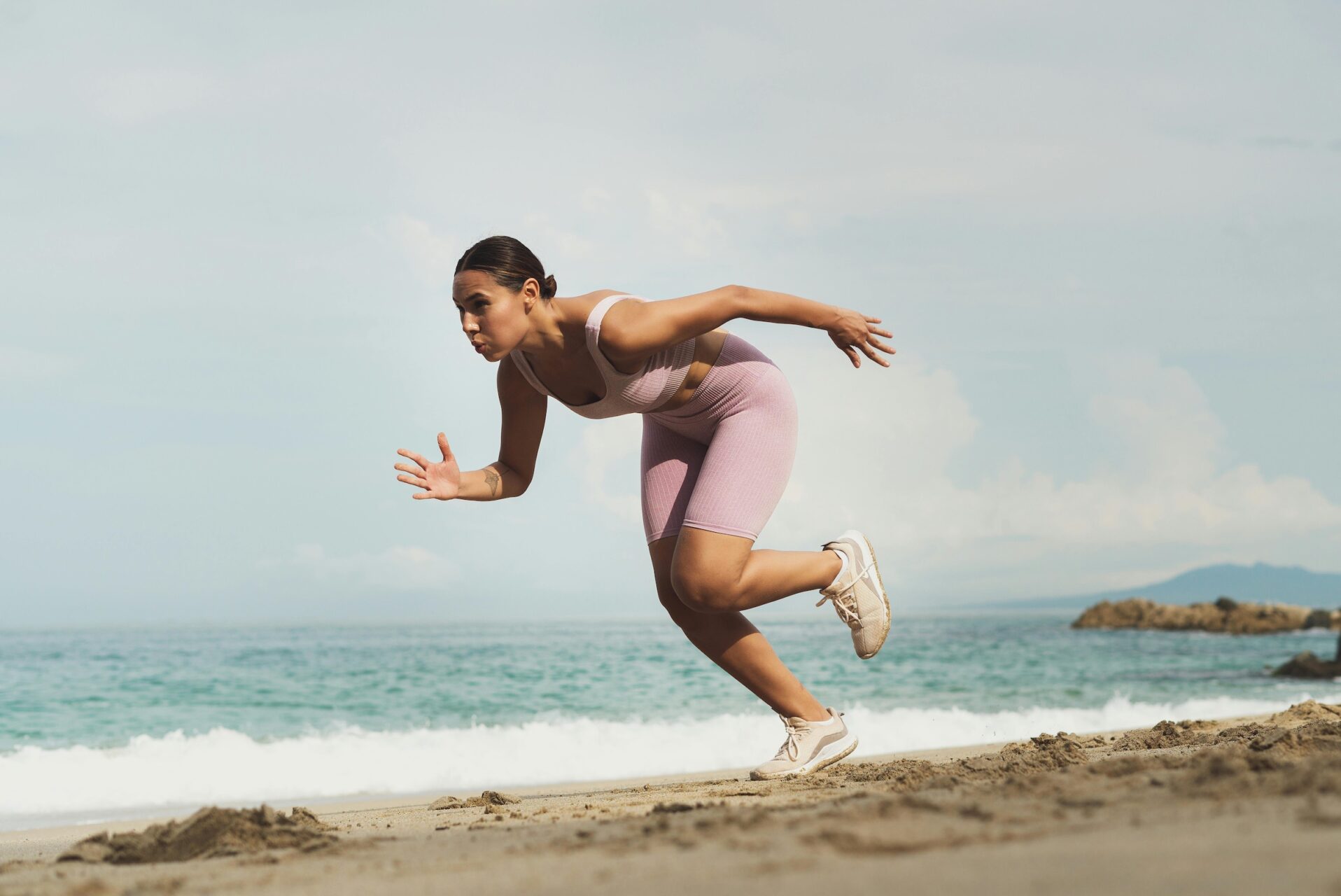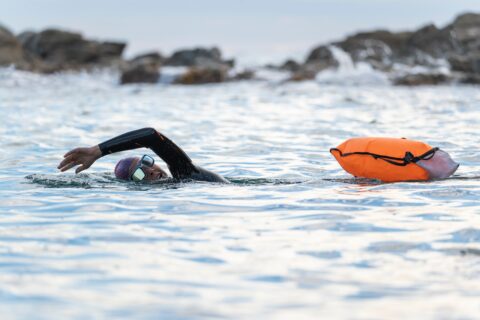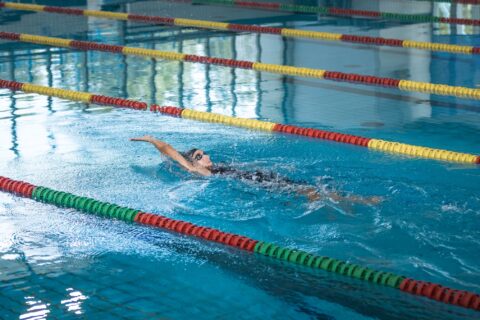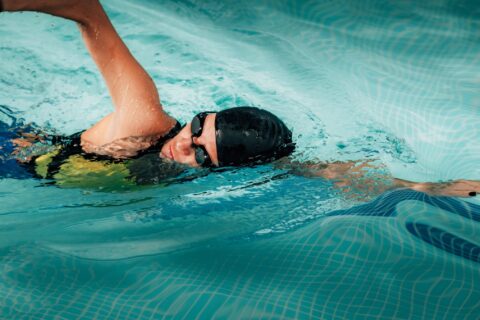Heat, humidity, wind, pacing—we take a look at some of the factors that affect success at the Ironman World Championship in Kona.
Heat, humidity, wind, pacing—we take a look at some of the factors that affect success at the Ironman World Championship in Kona.




